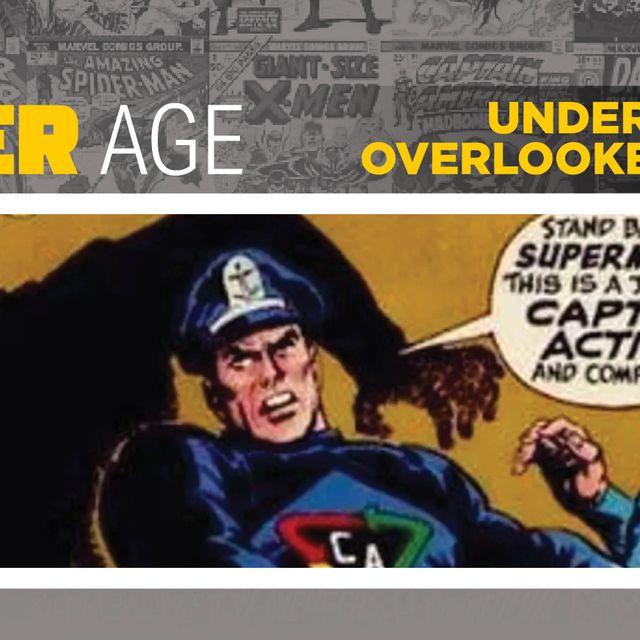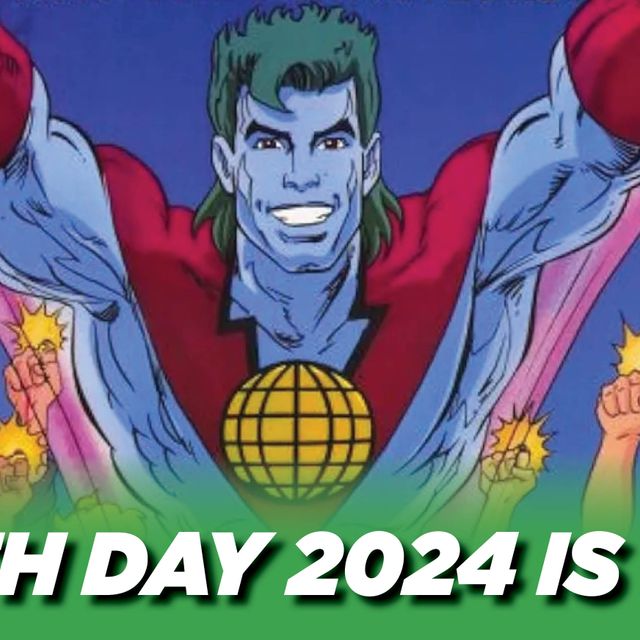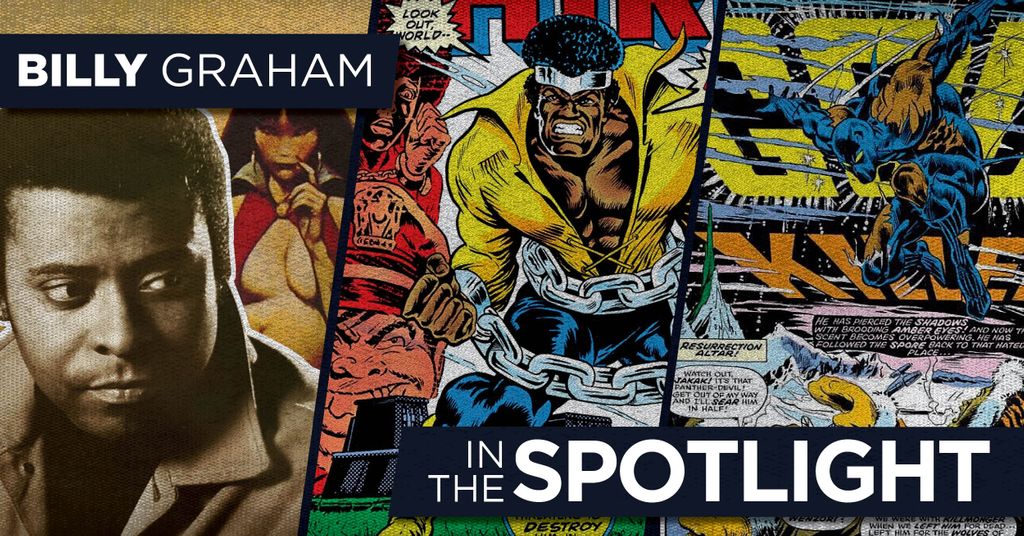
Early Work at Warren
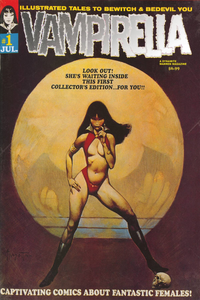
Along with multiple issues of Vampirella, Graham’s work also appeared in Creepy and Eerie. Graham proved skilled and able enough to be quickly promoted to art director by James Warren shortly after starting with the publisher.
That first issue of Vampirella is the key issue for collectors, with prices spiking recently. A 9.0 copy sold in a January 17 Heritage Auction for $4,560. That's up 19% from a $3,840 Heritage Auction sale on June 28, 2021.
Graham’s time at Warren would last until 1972 when he was recruited by Marvel.
Hero for Hire
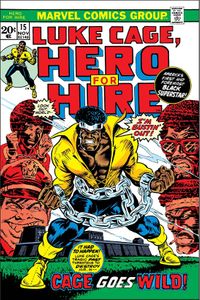
Graham is also frequently credited with much of the slang used in the early issues of the series. Of course, GoCollect readers are well aware of the importance of Hero for Hire #1 and its place in comic book history. 9.2 graded copies saw a spike in value in early 2021, from an FMV of $1,260 to the $2,300 to $2,400 range, but have since plateaued and even fallen a bit.
With his work on Hero for Hire growing and improving with each issue, Graham was soon given the opportunity to work with writer Don McGregor on the Black Panther series in Jungle Action.
Panther's Rage
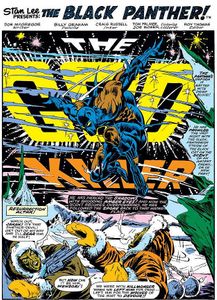
Featuring the first appearance of Killmonger and a fight to lead the kingdom of Wakanda, much of the storyline would serve as a basis for the Black Panther film. There’s a noticeable uptick in the drama and the tension beginning with Jungle Action #10 when we first see Graham’s incredibly detailed and action-oriented pencils.
If you haven’t had a chance to check out Graham’s work on Jungle Action, you owe it to yourself to hunt the issues down. In fact, I would put McGregor and Graham’s work on Jungle Action in the top three of Marvel’s 1970s output, along with Doug Moench and Paul Gulacy’s run on Master of Kung Fu and Jim Starlin’s work on Captain Marvel and Warlock.
Coming right in the middle of a storyline and five issues into a run, this first work on Jungle Action is a very affordable option for those looking to collect Graham’s work, with the FMV for 9.6 graded copies hovering around the $200 range, while a 9.2 graded copy could likely be had for roughly $100.
Sabre and Later Life
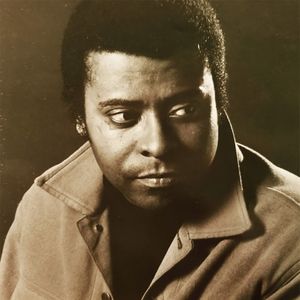
Beginning with Sabre #3 and lasting until #9, these issues highlight Graham’s later work in comic books. Sabre is not a series that is much sought after. If you’re looking for these issues, you won’t find many graded copies, even of the first issue or graphic novel.
Your best bet is to hunt for raw copies, and you can likely find many issues in dollar bins. Graham’s last work in comics was as penciller for Power Man and Iron Fist #114.
In addition to his comic work, Graham had a robust career in theater and film. He was a standup comedian and master of ceremonies at the Apollo Theater in Harlem, won awards for theatrical set designs, and play ed bit parts in such films as “Mo’ Better Blues,” “New Jack City,” and “The Preacher’s Wife.” Graham passed away in 1997 at the age of 61, leaving behind a rich, though brief, comic legacy fondly remembered by collectors fifty years after his greatest work.
Are you a fan or collector of Billy Graham’s work? If so, let us know your favorites below.

